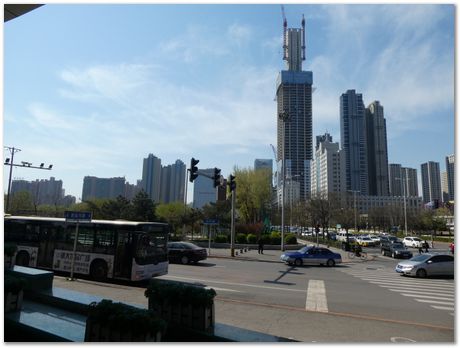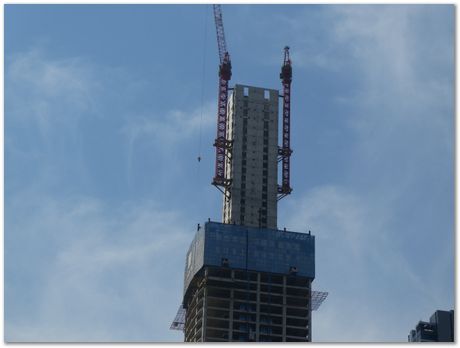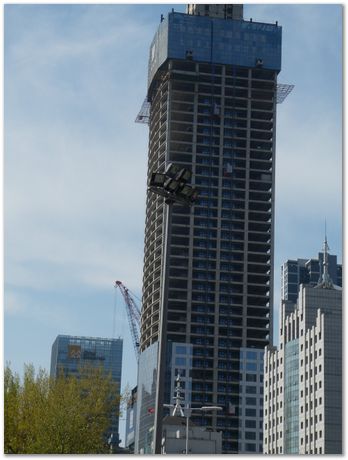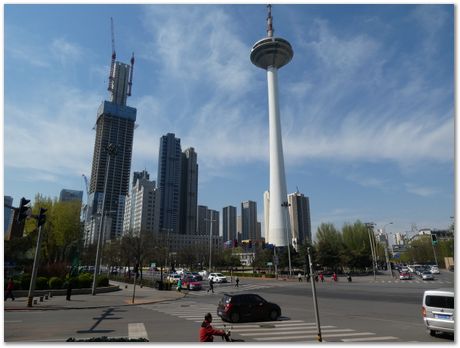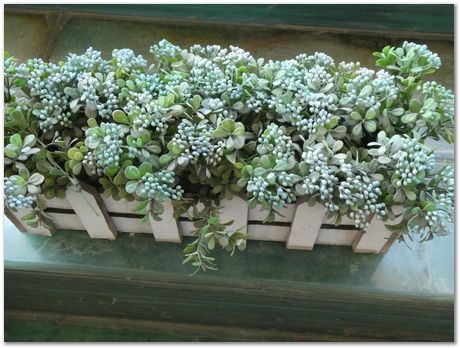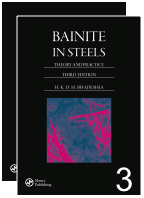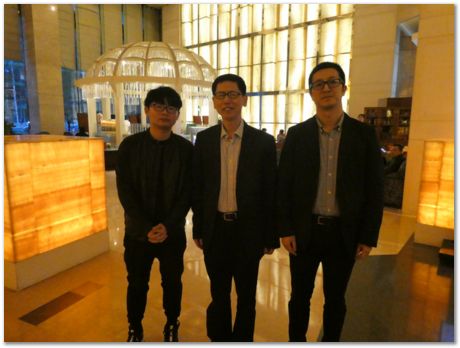
Colleagues from the Wuhan University of Technology, with Professor Hua Lin in the middle.
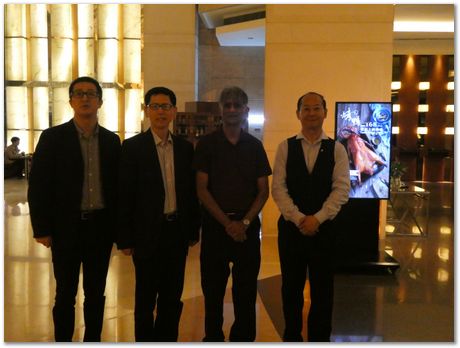
These pictures are taken at the Kempinski Hotel in Shenyang

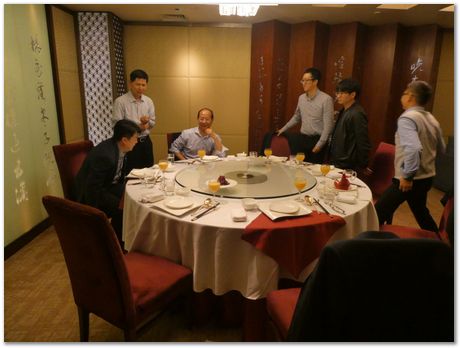
Dinner at a vegetarian restaurant in Shenyang
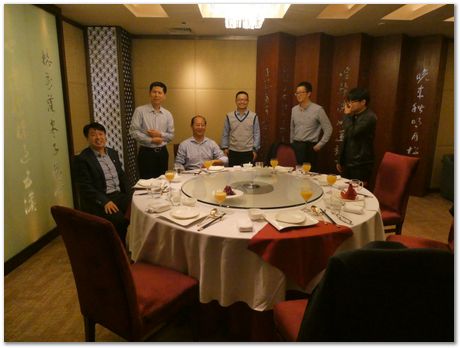
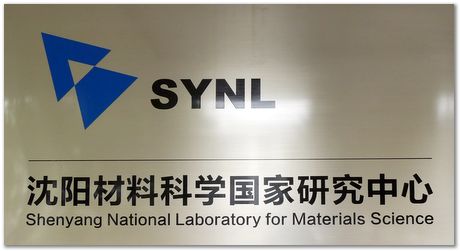
The IMR is a part of a National Laboratory, the first of its kind in China
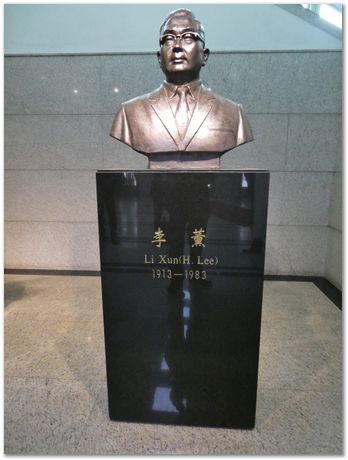
Lee Hsun
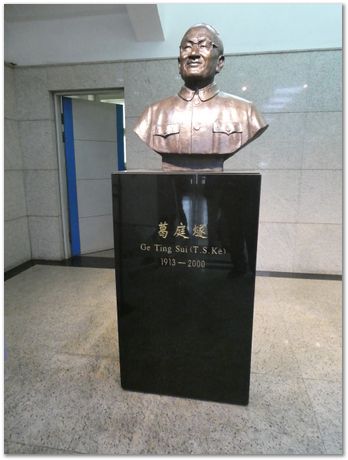
T. S. Ke
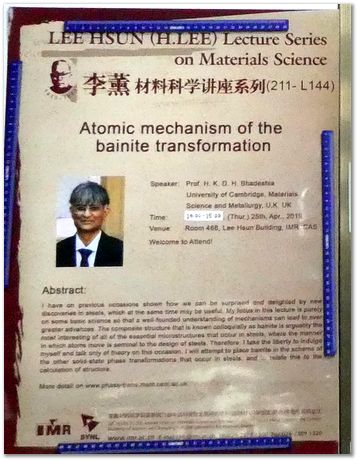
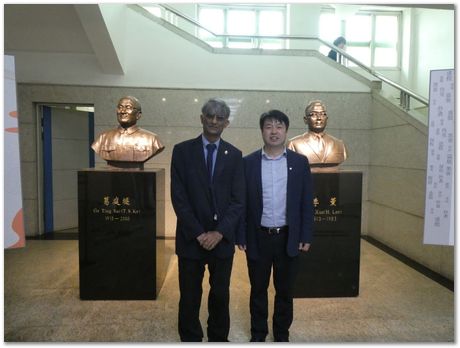
With Professor Dian-zhong Li
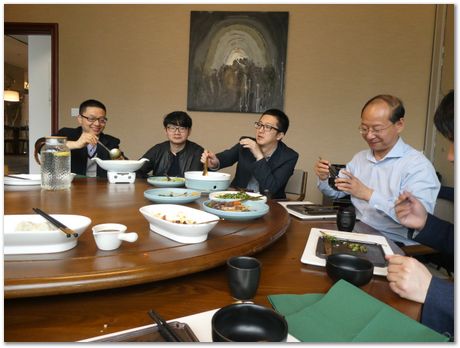
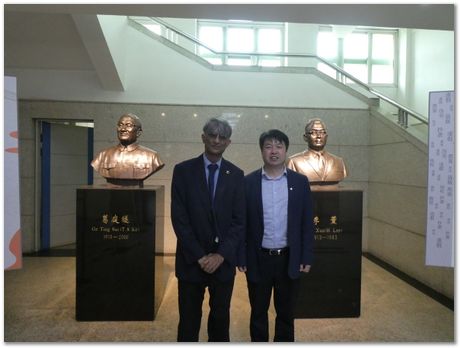
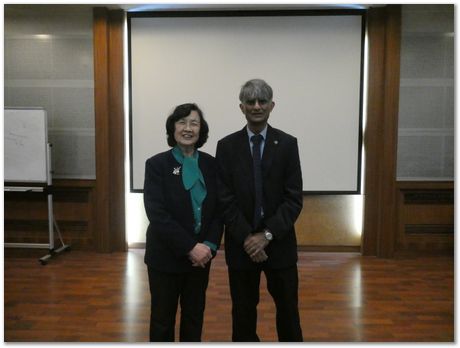
With Professor Li YiYi, who was the Director of the IMR for more than 8 years, and a member of the Chinese Academy of Sciences
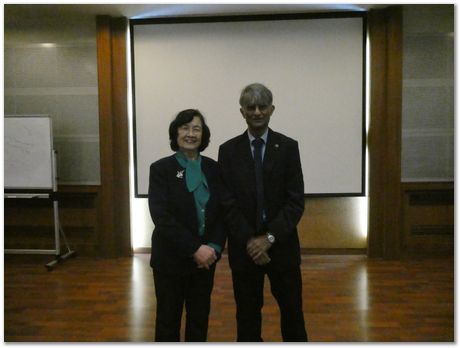
Professor Li YiYi is also the sister-in-law of the late Professor T. Ko, who with S. A. Cottrell was the first to establish, while at Birmingham University (UK) that the bainite transformation causes a shape deformation that has a large shear component, whereas pearlite does not [J I S I 172 (1952) 307-313].
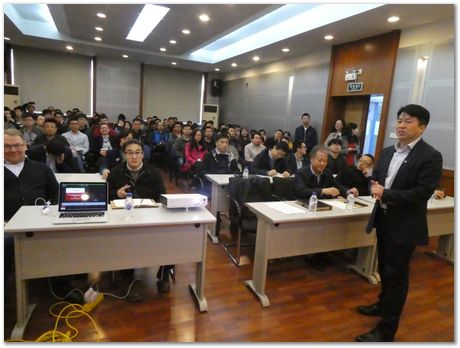
Professor Dian-zhong Li introducing Harry's lecture on the atomic mechanism of the bainite transformation.
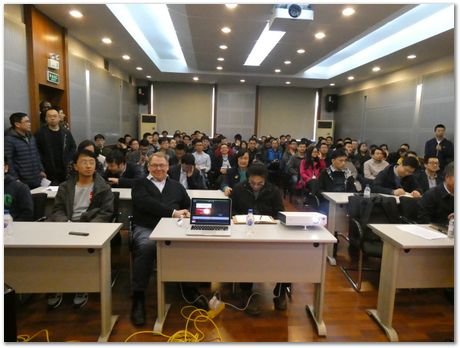
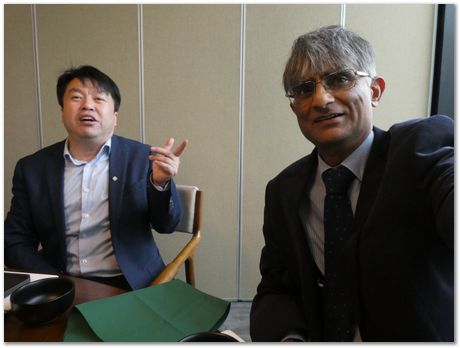
This was another vegetarian meal just before the Lee Hsun Award Lecture.
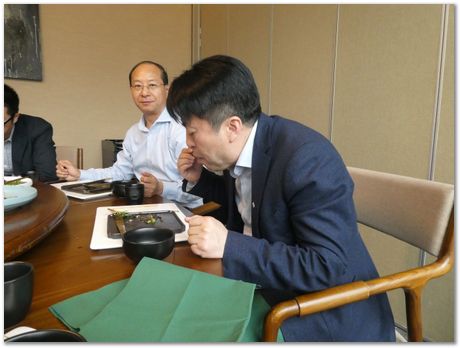

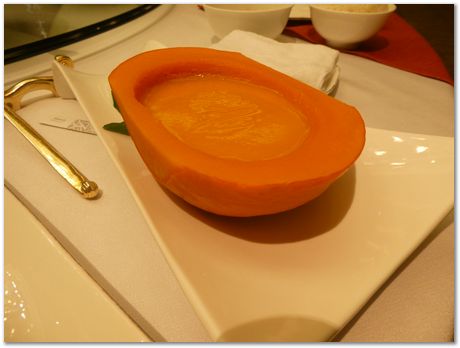
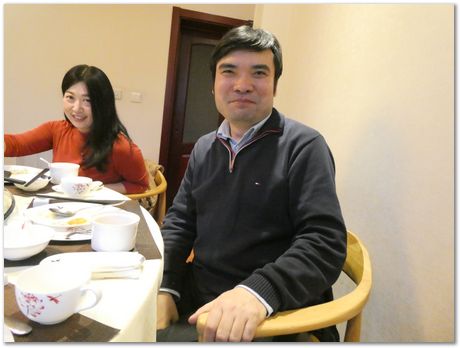
Shuyan Li (Head of Foreign Affairs) and Professor Chen (Mathematical Modelling Group Leader)
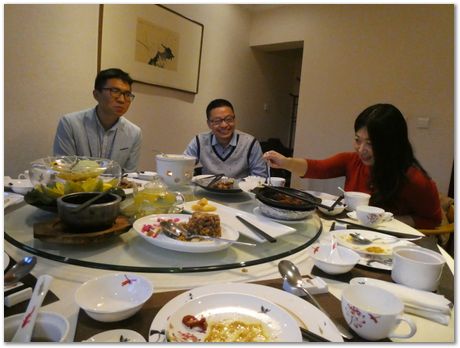
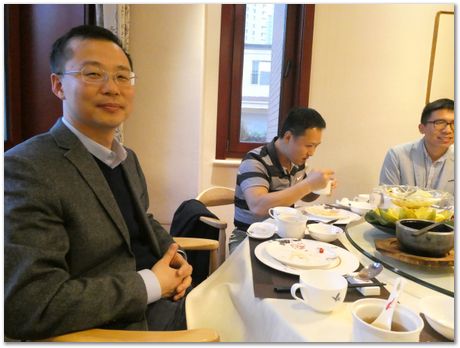
Professor Guang Liu, the Deputy Director of IMR. Professor Hongliang Yi (second in the background), Northeastern University, also came to see Harry.

Professor Lin Hua
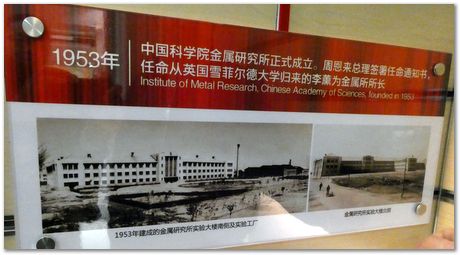
The IMR was founded in 1953, with Professor Hsun Lee as its First Director, appointed directly by the Prime Minister of China
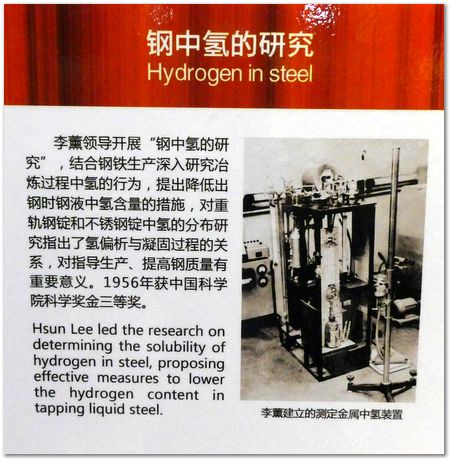
This was published in the Journal of the Iron and Steel Institute, 1942;146:181-92, while Dr Lee Hsun was at Sheffield University.
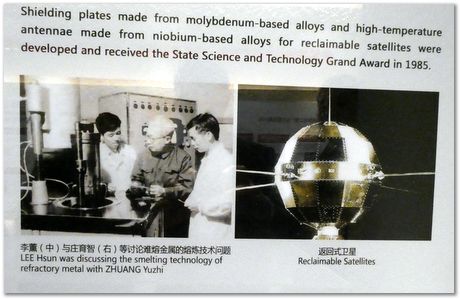

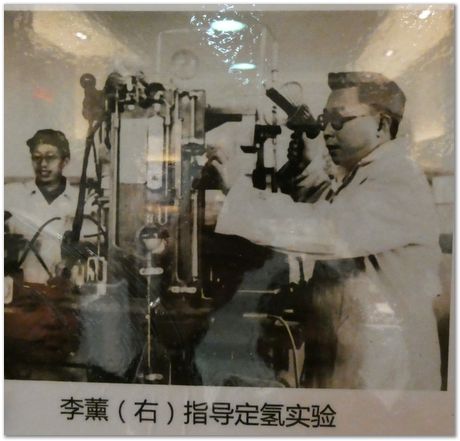
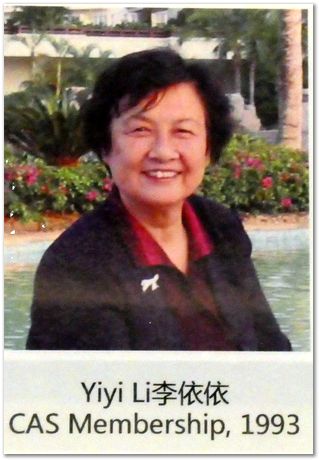
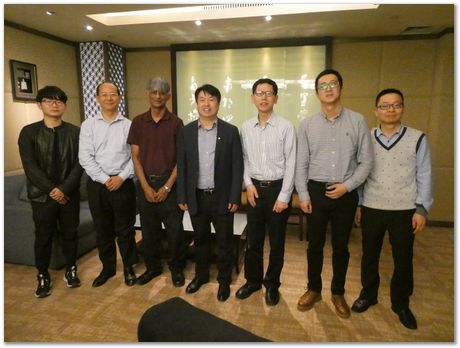
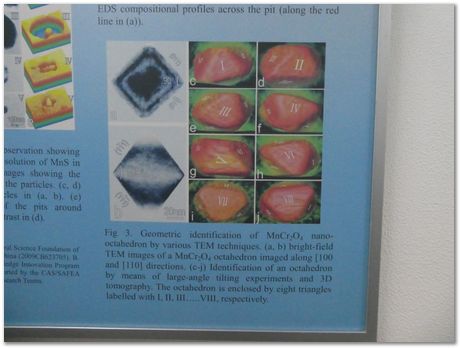
The crystallography of corrosion pits determined from their shape
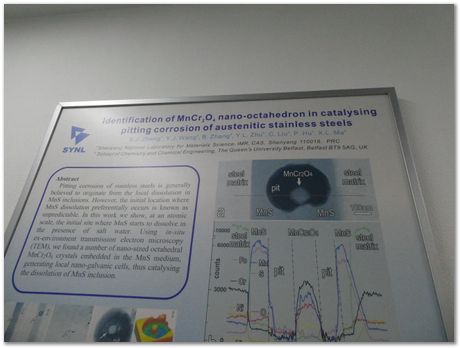

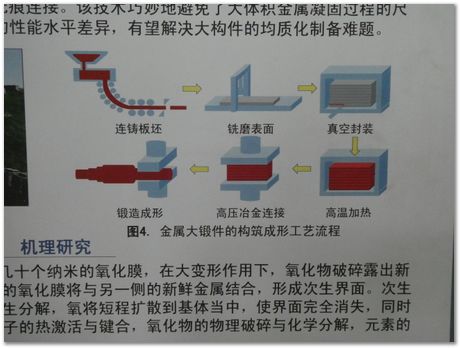
For making very large components without casting-induced chemical segregation, plates are stacked in a vacuum, sealed, forged and made into very large components.
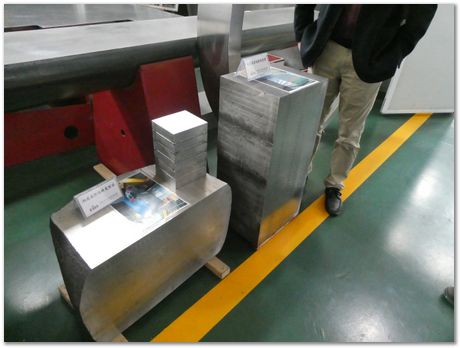
Examples of stacks.
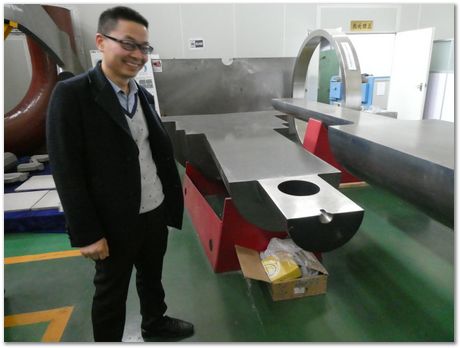
Some of the very larges components made in this way. Professor Wang Pei.
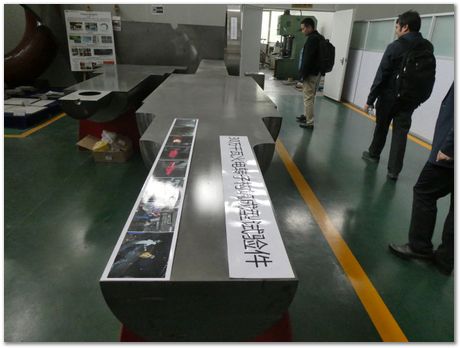
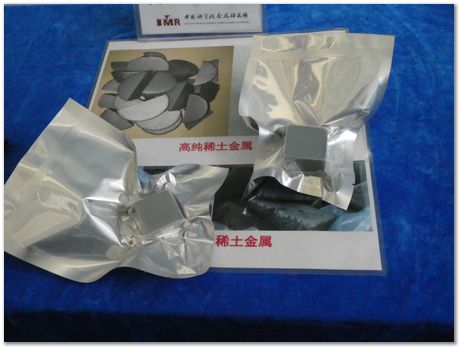
Low-oxygen rare earth elements made at IMR and demonstrated to be reproducibly enhance the properties of a variety of steels.
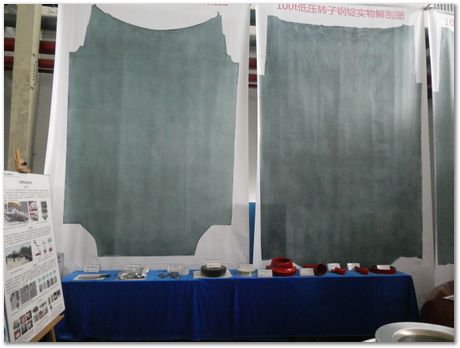
Very large sulphur prints to reveal chemical segregation.
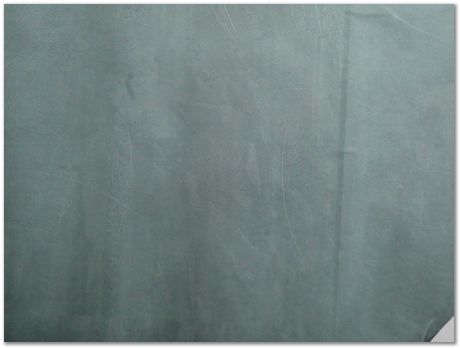


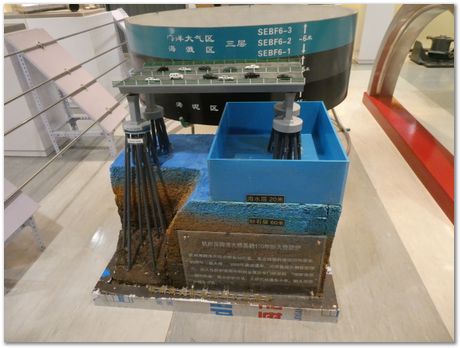
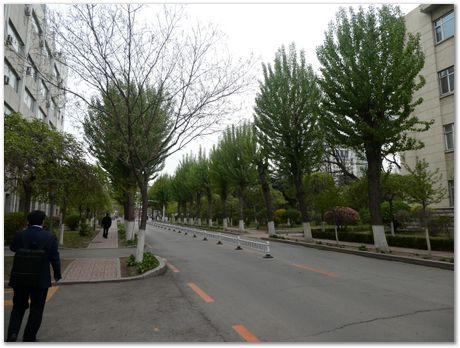
The IMR campus.
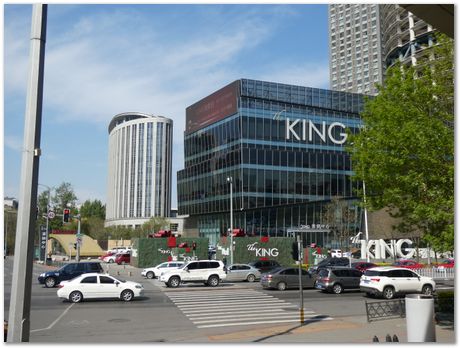
Shenyang city near the Kempinski hotel.
